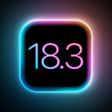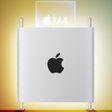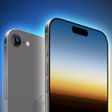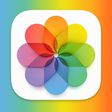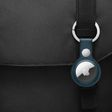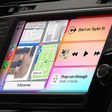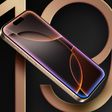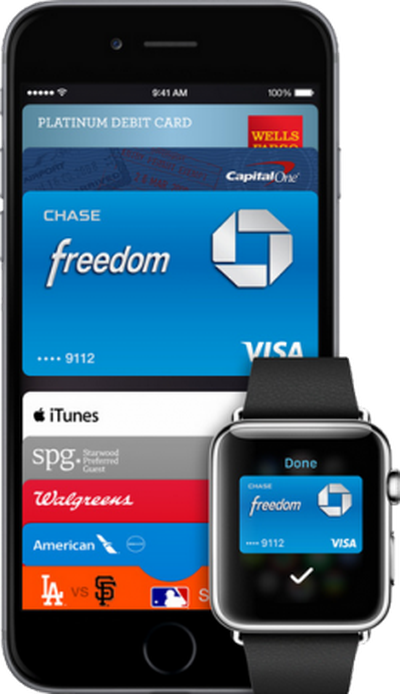 Apple updated its Apple Pay participating issuers list today with 35 additional banks, credit unions and financial institutions supporting the contactless payment service in the United States. Apple Pay now has over 375 participating issuers nationwide, and dozens more plan to support the NFC-based mobile payment service in the future.
Apple updated its Apple Pay participating issuers list today with 35 additional banks, credit unions and financial institutions supporting the contactless payment service in the United States. Apple Pay now has over 375 participating issuers nationwide, and dozens more plan to support the NFC-based mobile payment service in the future.
The newly added Apple Pay participating issuers are reflected below, although it's worth noting that some banks, credit unions and financial institutions listed may have already had support for the contactless payments service and are only now being reflected on Apple's website.
The full list of new Apple Pay participating issuers:
- 1st Source Bank
- Allegacy Federal Credit Union
- Amarillo National Bank
- American National Bank and Trust
- Cambridge Trust Bank
- CASE Credit Union
- CME FCU
- Coast Line Credit Union
- Columbia Bank
- Community Financial Credit Union
- Eagle Federal Credit Union
- Earlham Savings Bank
- Eastern Bank
- Evergreen Credit Union
- Fidelity Bank
- Federal Savings Bank
- First Financial Bank
- First National Bank and Trust
- First National Bank of Omaha
- FNB Community Bank
- Heritage Family Federal Credit Union
- Meritrust Credit Union
- NuMark Credit Union
- Pittsford Federal Credit Union
- Premier Federal Credit Union
- Quail Creek Bank
- Reliabank Dakota
- Reliant Federal Credit Union
- Renesant Bank
- SESLOC Federal Credit Union
- Stanford FCU
- The Summit Federal Credit Union
- Umpqua Bank
- VisionBank
- Y-12 Federal Credit Union
Apple Pay is accepted at nearly 750,000 locations in the United States and United Kingdom, and Apple is committed to an international rollout of the mobile payments service in additional countries such as Canada and China in the near future.
Canada could be the next country to embrace the service outside of the U.S. and U.K. in November. The country has already migrated to Chip-and-PIN debit and credit cards and many retailers and businesses have since upgraded to NFC-based terminals to accept contactless payments.


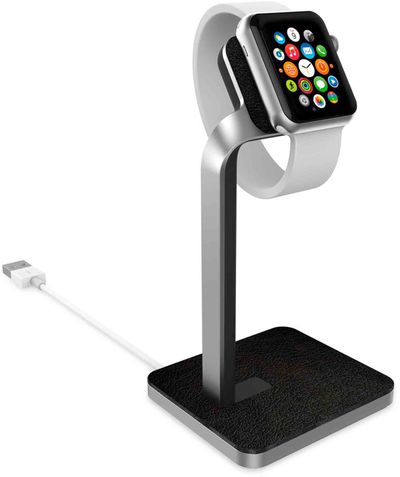
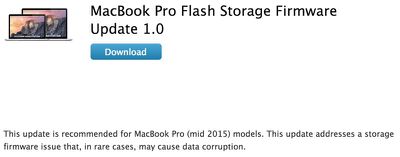
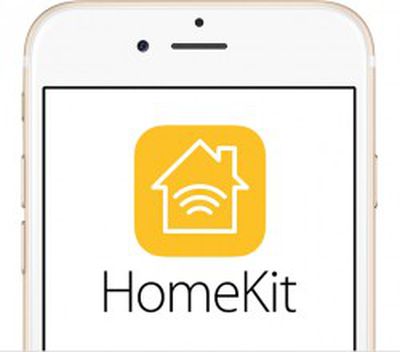 While it has been more than a year since Apple launched
While it has been more than a year since Apple launched 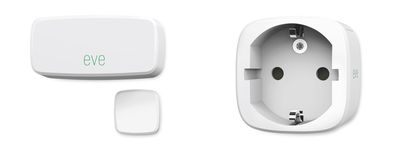
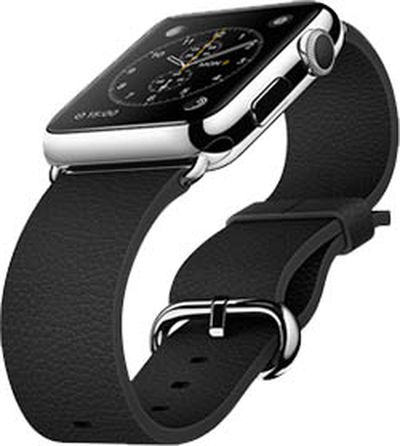 The
The 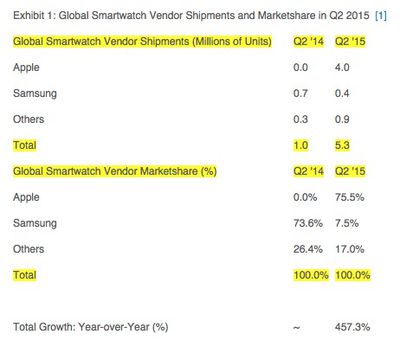 Samsung held a commanding 73.6% global market share in the smartwatch market in the year-ago quarter, but the South Korean electronics maker now trails the Apple Watch by a significant margin. Apple Watch is currently available in the United States and eighteen other countries, and the wrist-worn device is set to launch in
Samsung held a commanding 73.6% global market share in the smartwatch market in the year-ago quarter, but the South Korean electronics maker now trails the Apple Watch by a significant margin. Apple Watch is currently available in the United States and eighteen other countries, and the wrist-worn device is set to launch in 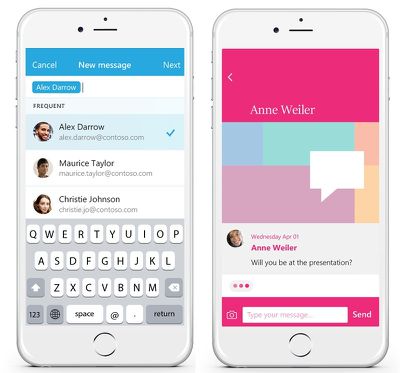

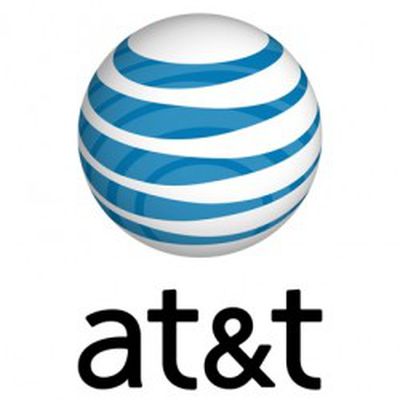 Beginning August 1, AT&T will raise its activation/upgrade fee for customers signing up for a one- or two-year contract, alongside introducing a specific activation fee for all AT&T Next and Bring-Your-Own-Phone customers.
Beginning August 1, AT&T will raise its activation/upgrade fee for customers signing up for a one- or two-year contract, alongside introducing a specific activation fee for all AT&T Next and Bring-Your-Own-Phone customers. 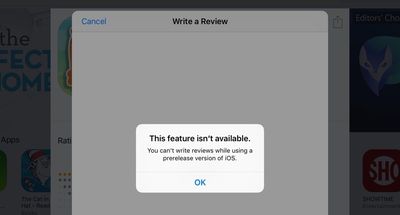
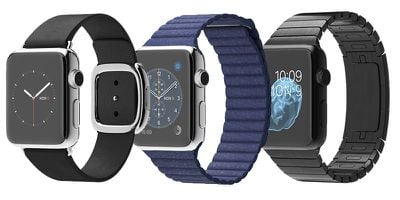
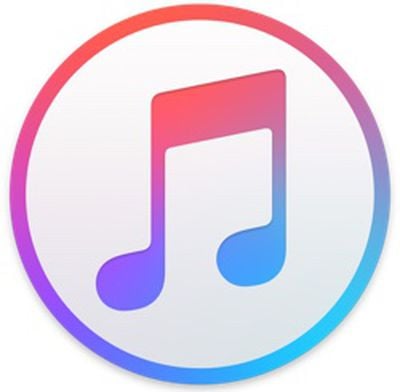 During today's
During today's 
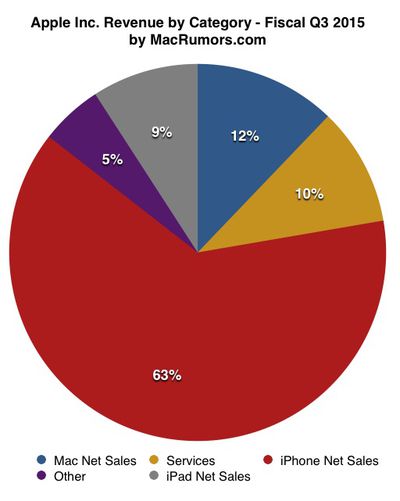

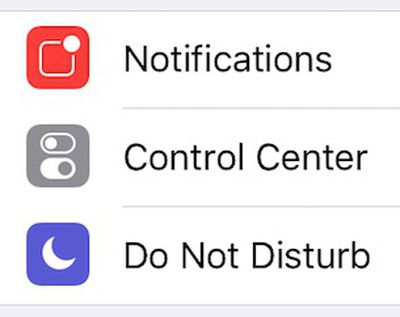
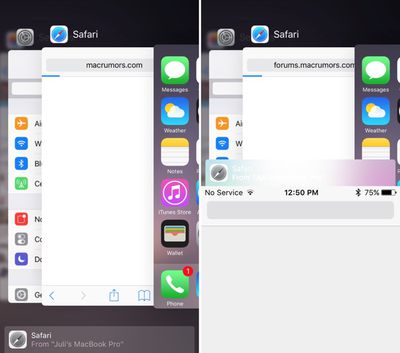
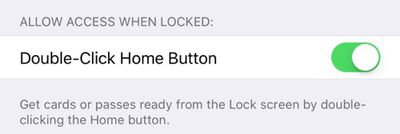
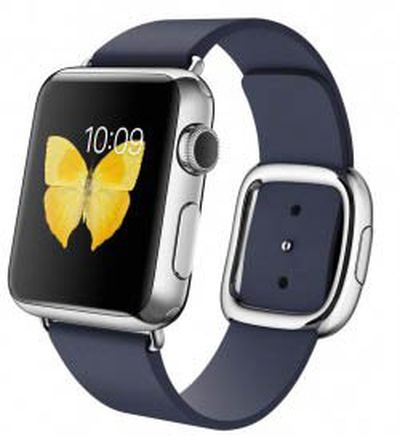 Apple today seeded the fourth watchOS 2 beta to developers, build 13S5305d, just under two weeks after seeding the
Apple today seeded the fourth watchOS 2 beta to developers, build 13S5305d, just under two weeks after seeding the 